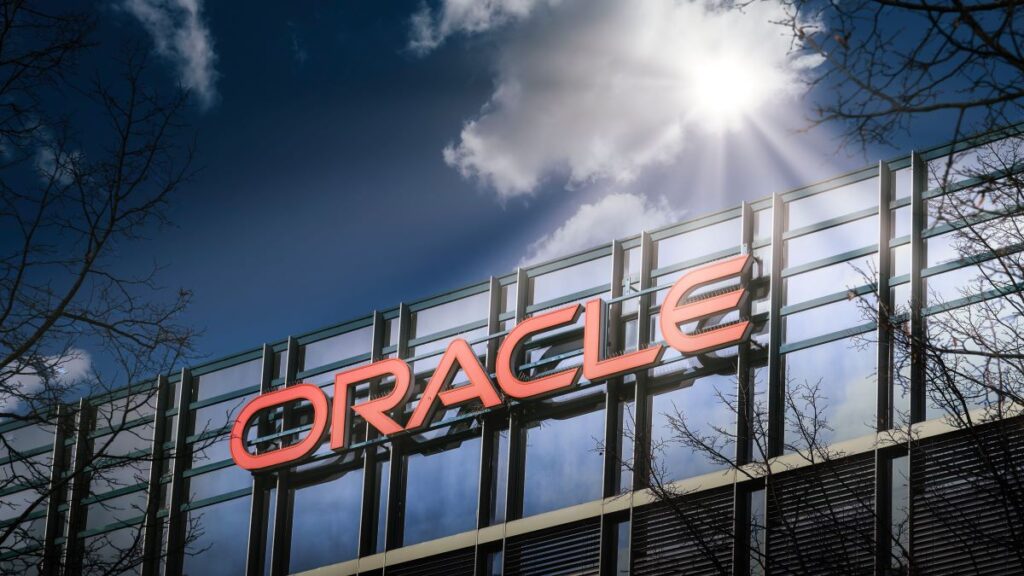
With a new AI-powered database featuring vector search and the AI acronym in its name, Oracle is betting Database 23ai will convince business leaders to stop buying single-function databases and choose Oracle’s new all-in-one solution as the best data-management approach for the AI era.
Over the past several years, scores of purpose-built and single-function databases have surged into the market, all hoping to snatch chunks of the enterprise DB market Oracle has dominated for years. Their argument has been, “Why spend more on a relatively expensive converged database that does many things when instead you can spend much less on a specialized solution that does just one thing?”
While some of those challengers have achieved very respectable success in the incredibly strategic data-management market, the AI Revolution has completely changed the market dynamics and created a powerful new opportunity for Oracle to sharply differentiate itself and its value proposition.
Oracle is betting that the incredibly disruptive rise of GenAI and AI overall is going to undercut the model wherein customers purchase multiple types of cloud databases to meet their various needs: graph, vector, etc. Instead, Oracle is arguing, enterprises wanting to become AI innovators and growth champions in their industries will recognize that they must exploit the full power and value and capabilities of all their data, and avoid the stifling complexities of data silos, which in the rush to AI are about as useful as sand in the Vaseline.
Called Oracle Database 23ai, the new release was the subject of an intriguing discussion earlier this month between Oracle chairman Larry Ellison and executive vice-president Juan Loaiza, who heads up Oracle’s mission-critical technologies.
During the video conversation, Loaiza asked Ellison if vector search should be a feature in a comprehensive database, or a standalone solution.
“I think it’s a feature,” Ellison said.
“There were XML databases, if anyone’s old enough like I am to remember XML databases. Every time there was a new data type, and every time there was a new feature or someone thought this was a great opportunity, they’d very quickly develop and deliver a whole new kind of database,” Ellison continued.
“We had XML databases, we had object databases, we have relational databases — but the answer is always that all of your data should be in one place. It just makes life much easier to ask a question as a query because you don’t anticipate the query you’d like to have,” he said.
“The hardest problem usually is finding the data. But if you keep all the data in one database, then that requires that database handles every data type, whether it’s a graph data type, whether it’s a vector, whether it’s XML, whether it’s in a JSON document, whether it’s a SQL table.
So we think that the right way to approach this problem is to have a database that can manage all of your data and do it in a highly performant . . . and very economical way.”
The alternative approach of having a multitude of different types of different data stores triggers a slew of ugly challenges, Ellison said.
“The whole idea of data silos where I have documents over here, I have relational over there, I have XML over here, you know, vectors over there, and then somehow I do a distributed system to make the whole thing work together and you hope you can kind of cobble it all together — that’s not a good plan. It’s not a good architecture because it’s much more complicated, it’s much more fragile, it’s harder to do disaster recovery, and everything becomes a security issue,” Ellison said.
“It all gets ultra-complicated when you basically create all these data silos. And there’s no reason for it, there’s no real benefit to it. But, you can get to market a little quicker, and that’s kind of the main benefit. Yeah, it’s great,” said Ellison with more than a little sarcasm.

Simplifying Developers’ Lives
Another issue Ellison and Loaiza discussed involved boosting the productivity of and decreasing the frustration for developers, who in the past had to grapple with the various pluses and minuses for deploying objects versus relational.
With 23ai, Ellison said, that schism is eliminated, and developers reap the benefits of a unified and simplified approach.
“So there are advantages of objects, and there are advantages of relations to the two-dimensional tables. But with Oracle 23ai, you get both,” he said.
“You get the best of both worlds with this unification and it’s completely seamless. Some users can think of it one way and some users think of it the other way — it all works.”
Boosting Security and Productivity
As any reader of Cloud Wars understands very clearly, I am not a technologist and am certainly not doing justice to the in-depth details provided by Loaiza and Ellison. But from a business perspective and with regard to the increasingly important role of process optimization in a fast-paced world, Ellison described how 23ai also helps enhance cybersecurity and enables developers to focus on what’s most important to them and their organizations: writing applications.
“How about if, every time you had to write an application, you had to also handle data consistency in the application?” Ellison asked.
“Well, that would make your application almost impossible to write — it certainly makes your application 10X harder to write. It’s just not really a very good idea,” he said.
“You want to shut that down. You don’t want the application developer to be responsible for security, and you don’t want the application developer to be responsible for data consistency. That should be the responsibility of the database.
“So the application developer focuses on getting the job done, building that application and inheriting from the database data security, consistency, and reliability.
“All of that should be done at the database level, not the application level.”
With a chuckle, Loaiza — who in his 36 years with Oracle has seen a thing or two — added, “Yeah, that’s the old idea about how the integrity of your data is as good as your worst developer on his worst day.”
Final Thought
While neither Ellison nor Loaiza mentioned any competitors in their 28-minute chat, the industry is crammed with database vendors whose products address just one of the data types or forms that 23ai has been built to handle. And no doubt some of those single-purpose products do a terrific job on that one thing.
But for businesses, there can be no AI innovation and no related revenue growth without a modern and optimized data strategy. And Oracle Database 23ai offers business leaders a compelling reason to get out of the world of being a general contractor wrangling dozens of specialized databases and instead go with a multifaceted database built for the highly demanding requirements of the AI Revolution.

The AI Ecosystem Q1 2024 Report compiles the innovations, funding, and products highlighted in AI Ecosystem Reports from the first quarter of 2024. Download now for perspectives on the companies, investments, innovations, and solutions shaping the future of AI.









